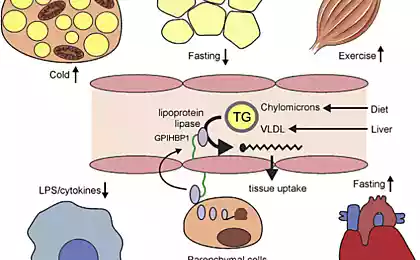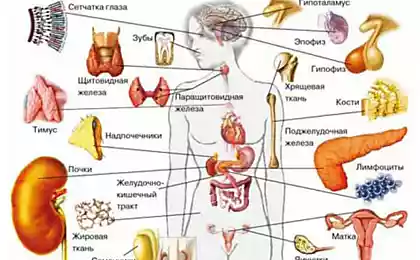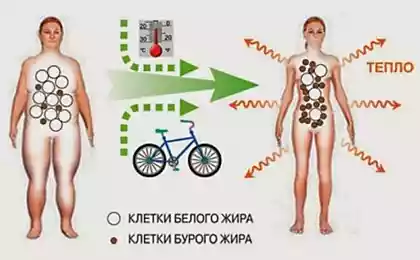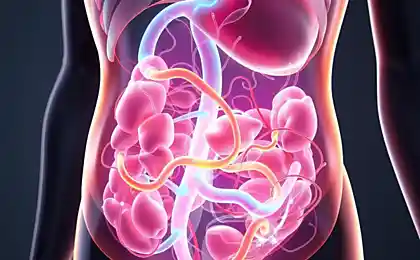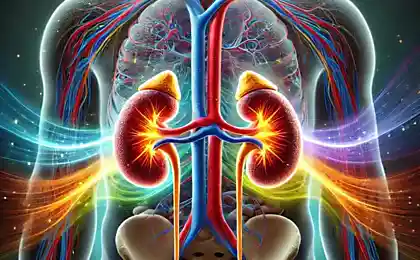199
Visceral fat: eliminating the source of the problem | Health ecology
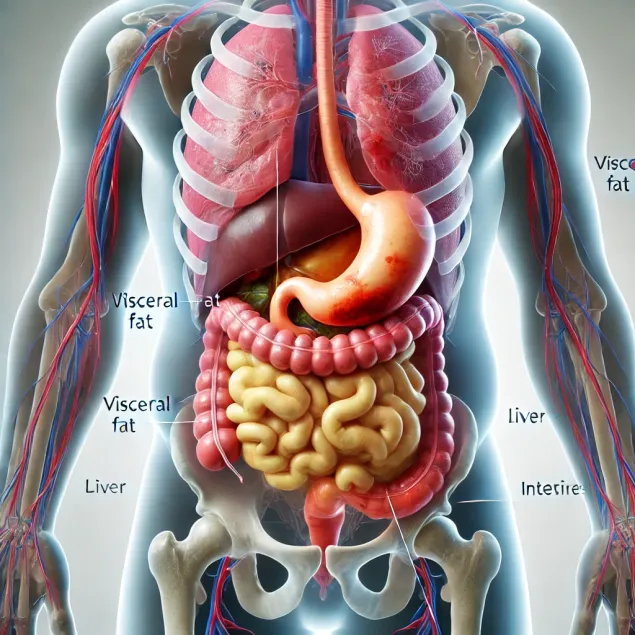
Introduction: What is visceral fat?
Visceral fat is not just extra centimeters at the waist. This is adipose tissue that surrounds the internal organs: the liver, pancreas, intestines and heart. Unlike subcutaneous fat, which we can see and touch, visceral fat is hidden deep inside. It performs an important function - it serves as a reserve source of energy for the body. However, its excess can become a serious threat to health.
Why is visceral fat dangerous?
Visceral fat is not just a “energy store.” It is actively involved in metabolism and secretes hormones and other biologically active substances. Excess visceral fat is associated with a number of serious diseases:
1. Metabolic syndrome
Visceral fat promotes insulin resistance, which can lead to type 2 diabetes. It also raises “bad” cholesterol (LDL) and lowers “good” (HDL) levels.
2. Cardiovascular disease
Excess visceral fat increases the risk of atherosclerosis, hypertension and myocardial infarction.
3. Inflammatory processes
Visceral fat secretes pro-inflammatory cytokines that can cause chronic inflammation in the body.
4. Hormonal disorders
Visceral fat affects the production of hormones such as leptin and adiponectin, which can lead to impaired appetite and metabolism.
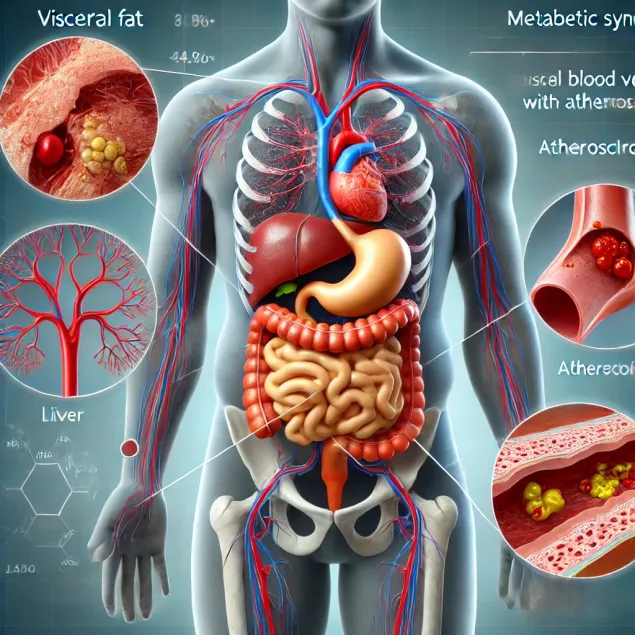
How to measure visceral fat levels?
The amount of visceral fat can be determined using several methods:
- MRI or CT: The most accurate methods, but expensive and inaccessible for everyday use.
- Bioimpedance analysis: It measures the percentage of body fat, including visceral fat.
- waist circumferenceA simple and accessible method. A waist circumference of more than 94 cm in men and 80 cm in women may indicate excess visceral fat.
How to get rid of visceral fat?
The fight against visceral fat requires an integrated approach. Here are the main steps:
1. Balanced nutrition
Reduce your intake of refined carbohydrates, sugar and trans fats. Increase the proportion of protein, fiber and healthy fats (omega-3).
2. Regular physical activity
Cardio training (running, swimming, cycling) and strength exercises help burn fat and speed up metabolism.
3. Stress management
Chronic stress increases cortisol levels, which contributes to the accumulation of visceral fat. Practice meditation, yoga or breathing exercises.
4. Quality sleep
Lack of sleep disrupts hormonal balance and promotes weight gain. Try to sleep 7-9 hours a day.

When should I contact a specialist?
If, despite all efforts, it is not possible to get rid of visceral fat, it may be due to hormonal disorders or other medical problems. See a doctor if:
- You have symptoms of diabetes (thirst, frequent urination, fatigue);
- You notice a sharp increase in weight without changing your lifestyle.
- You have a family history of cardiovascular disease.
Conclusion: Health starts from the inside out
Visceral fat is not just an aesthetic problem. This is a signal from your body that your lifestyle needs to change. A balanced diet, physical activity, stress management and quality sleep are key steps on the road to health. Remember that taking care of yourself is not only beauty, but also longevity.






